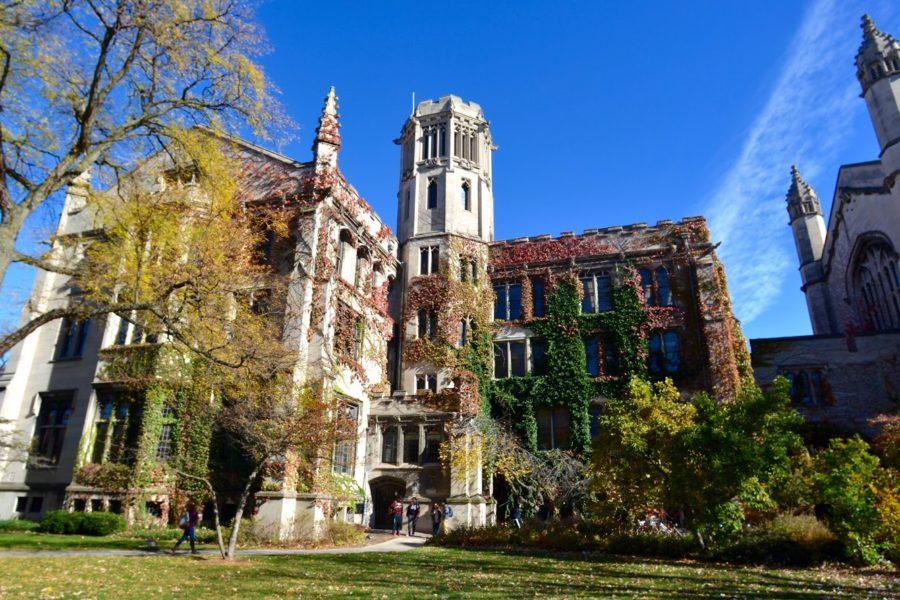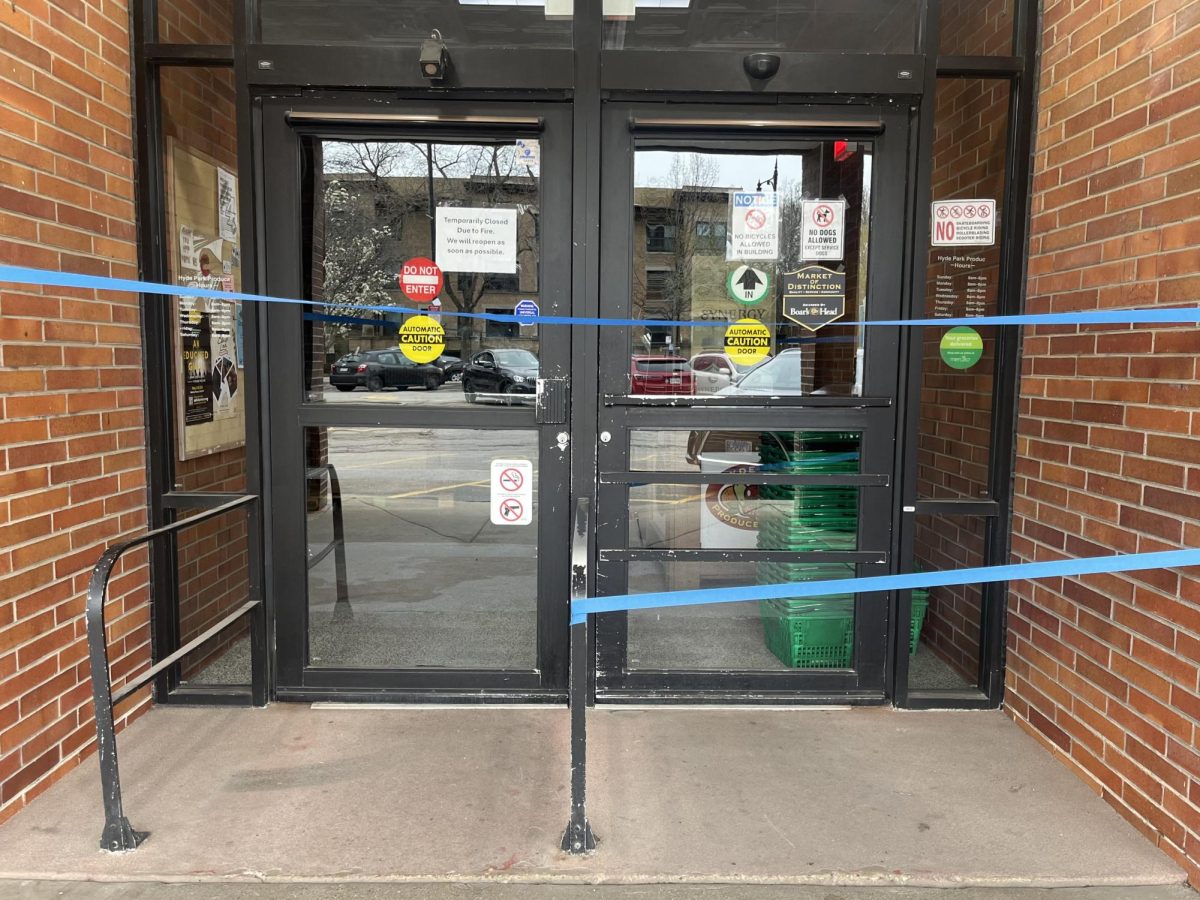Researchers at the University of Chicago Medical Center (UCMC) are currently in the process of analyzing over 10,000 bacteria samples collected in the most comprehensive study of hospital microbiomes ever performed. Entitled The Hospital Microbiome Project, this initiative ended this January and involved taking daily and weekly swab samples of patient rooms over the course of a year.
Microbiomes are collections of bacteria commensally living inside host organisms, including humans.
The study was conducted in response to a growing awareness of Hospital Acquired Infections (HAIs). In 2011, the Center for Disease Control (CDC) reported that HAIs affect four percent of all patients admitted to hospitals in the U.S., which in that year meant over 700,000 patients, 75,000 of whom died.
Kim Handley, a researcher for the University of Chicago Department of Ecology and Evolution and the lead researcher for the project, said, “What we’re really looking for is transference, like how people when they come into the hospital impact the microbiology of the hospital and how the microbiology that’s already established in the hospital impacts the patients.”
The start of the study coincided with the construction of the Center for Care and Discovery in January 2013. The new hospital building provided ideal sampling conditions because it exhibited no prior pathogenic contamination.
Hospital surfaces, as well as patients’ hands and noses, nurses’ hands, shirt collars, pagers, and cell phones were all sampled for the study.
Preliminary results have indicated that upon the hospital’s opening, the microbial composition of the floor changed dramatically. The organisms that colonized the floor seemed to reflect those found on human skin. The scientists will continue to look at marker genes in bacterial RNA to classify the bacteria, and will soon look at whole DNA sequences as well. Handley expects to finish analyzing the data and begin writing out the results by the end of this year.
The project was funded by the Alfred P. Sloan Foundation, a philanthropic nonprofit founded by the former president of General Motors. One of the foundation’s initiatives is to support research on the microbiology of built environments.
Hospitals are an especially important area of study with regard to microbiomes because the antibiotics prescribed to patients leave them more susceptible to other infections. “It’s a catch-22 situation…You need antibiotics, but that knocks down the rest of your microbes…There [are] a lot of different types of antibiotics, but you don’t just knock down the target organism—you knock down a lot of your good bacteria as well. And that can leave you open to new infections,” Handley said.
The Hospital Microbiome Project was in part a continuation of a U.S. National Institute of Health initiative called the Human Microbiome Project, which aimed to identify the microorganisms in humans associated with both health and disease. Handley said, “Really we need to not be afraid of microbes but understand them, because when we understand them we can decide whether they’re good for us or bad for us.”









